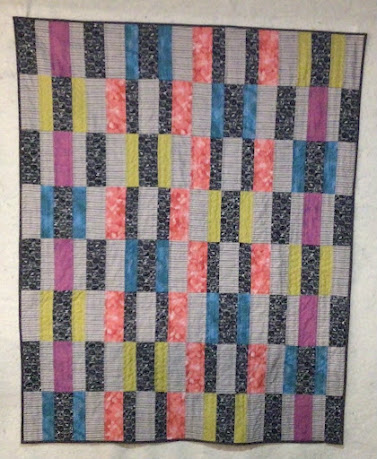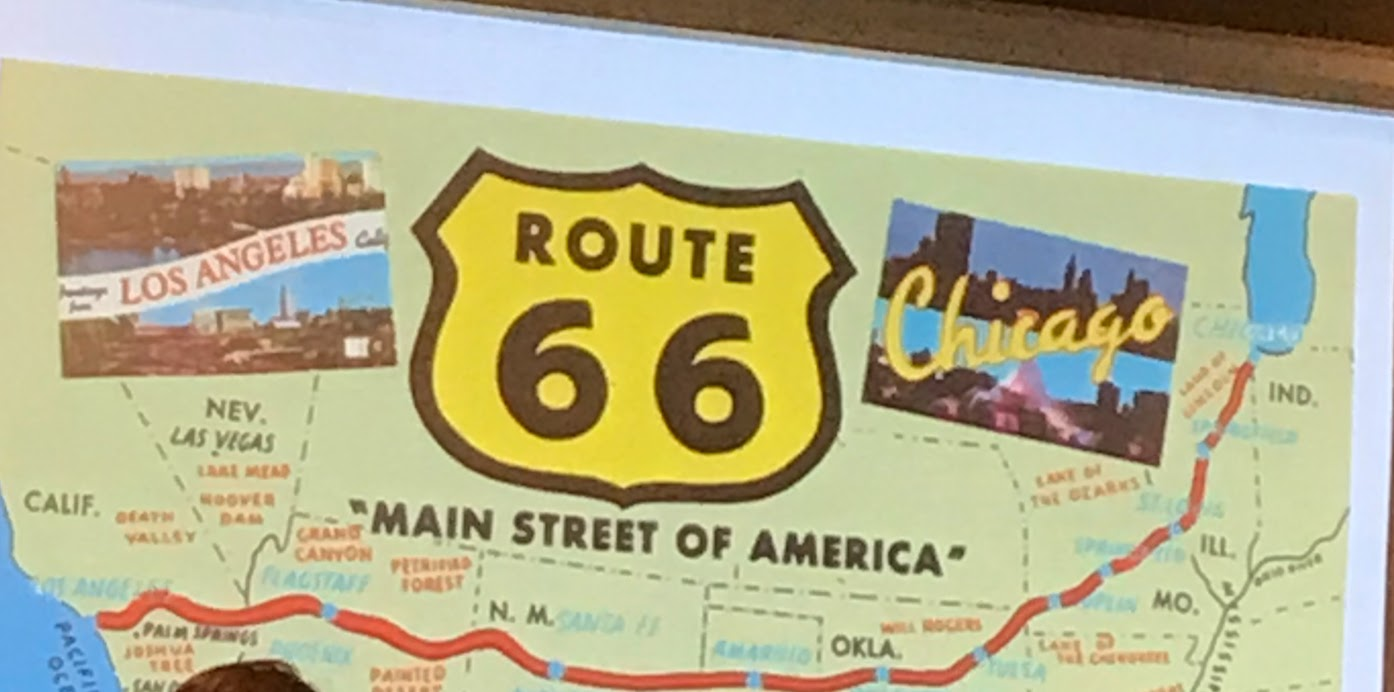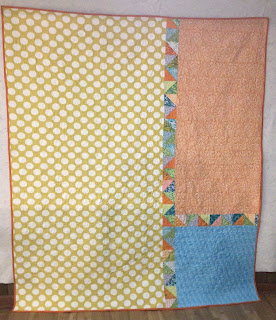Mid-Monday morning we set up our chairs on Sheridan Road to watch the Winthrop Harbor Memorial Day parade. Hometown parades are best!
There's a spot at Illinois Beach where lupine blooms every year.
Cue Miss Rumphius! (I have gone back and harvested some of the seeds but they haven't germinated in my garden.)
# # # # #OMG for May: (1) something orange -- in two quilt backs and one quilt top
and (2) the wall hanging for the ALA silent auction
I shipped the wall hanging and five of my quilts to the ALA conference exhibits manager. That made a slight reduction in stack of quilts-waiting-for-the-right-occasion. (Though I added two to that stack with Chunky Bars and GeoChic.)
# # # # #
Stash report for May:
Fabric IN: 85 yards, $62 = .73 per yard. Thrift-store sheets, church rummage sale, and guild giveaway.
Fabric OUT: 71-1/4 Scraps and yardage sent to R.R. and C.B. I toss slivers into a bag and when it's full I weigh it--24 yards of those trimmings this month!
Fabric IN January-May: 331-1/2, $840, avg. $2.53 per yard.
Fabric OUT January-May: 349-1/2. Net reduction: 18.

P.S. At the parade. Finally some warm weather!
















































